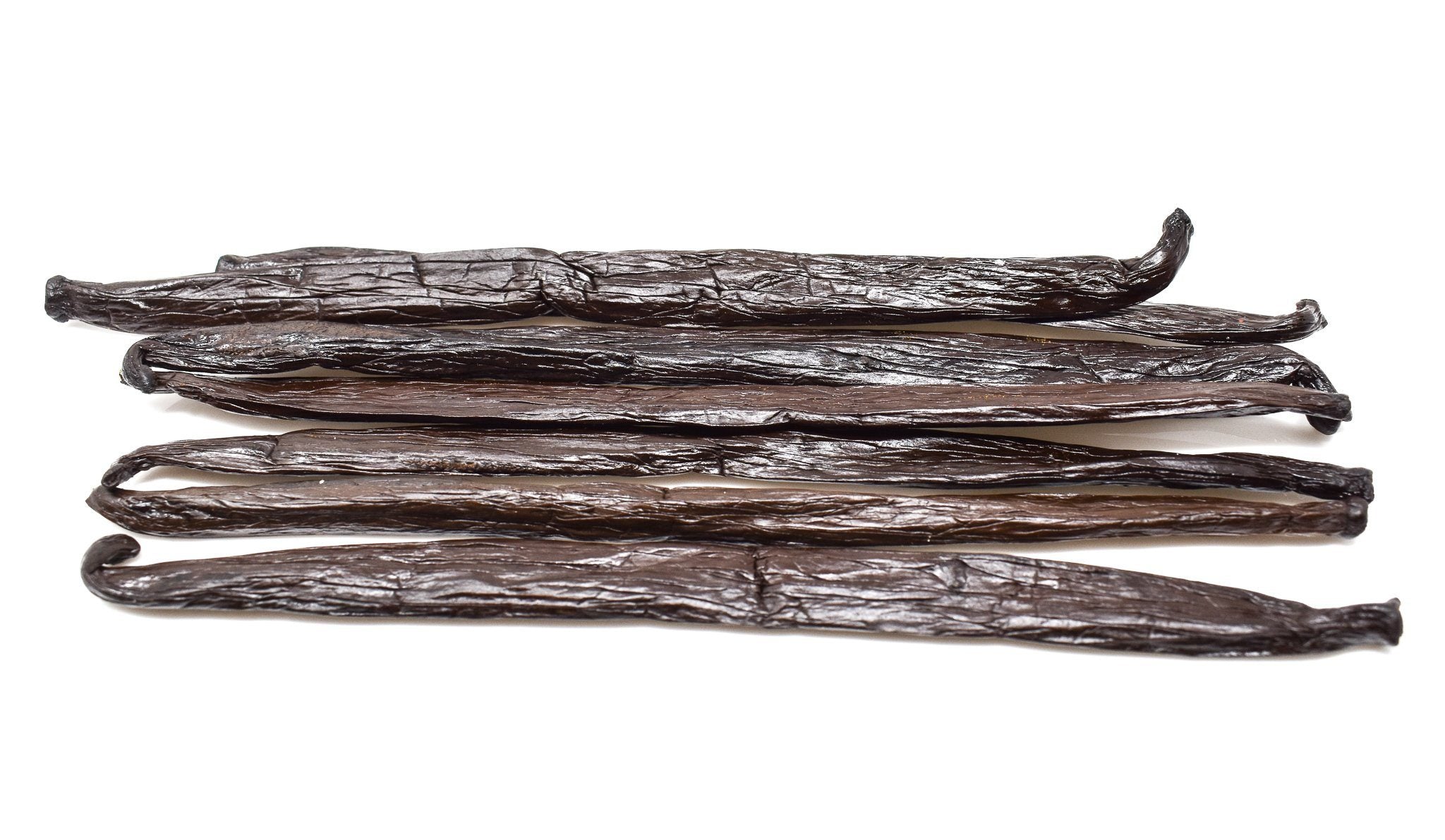What is Real Tahitian Vanilla and Why is it so Darn Expensive?
Vanilla from Tahiti, The Worlds Most Valuable Vanilla Beans
Customers often ask, why is authentic Tahitian vanilla so expensive? Where does real Tahitian vanilla beans come from? What makes these vanilla beans so different than Tahitian vanilla from Papua New Guinea, or Indonesia? These are all really great questions and in order to address them we have decided to write a short blog article about it so that you too may know. We hope it helps with your understanding on the complexities of vanilla and possibly opens your minds and your pantry's to something more than just plain vanilla.
Real Tahitian Vanilla Comes From French Polynesia
Commonly referred to as Tahiti, French Polynesia is actually a South Pacific island chain made up of more than 100 islands. Its largest and most well known island is Tahiti. If you have ever been to French Polynesia it feels like a place that is stuck in time and long forgotten by most of the world. Time moves a bit slower there but who wants the days to pass by so quickly when surrounded by pristine beaches of white and black sands, towering waterfalls, mountains covered in green foliage and lagoons teaming with tropical fish.
When it comes to vanilla beans, vanilla from Tahiti is most commonly consumed in high-end pastry kitchens by professional chefs mainly in Europe. It is also used in the fragrance industry by the likes of Chanel and other perfume and fragrance manufactures. Characteristically Tahitian vanilla beans very different then all other vanilla beans grown worldwide.
The Curing of Vanilla Beans
Vanilla from Tahiti are cured very different than the rest of the world. The vanilla beans are not killed by water or other methods as commonly employed in Madagascar and other regions. First, only ripe vanilla beans are picked one by one from the vine. The vanilla beans are ripe when the pods begin to turn from green to yellow. Then the vanilla pods are aged until they are just beginning to turn brown. Once brown the beans are gently rinsed under cold water and placed in the warm afternoon sun before being wrapped in wool blankets and placed in insulated boxes to sweat for several days.
Each day, with sunlight permitting, the vanilla beans are placed in the sun and spread out evenly for warming. The vanilla beans are left for several hours until hot to the touch and then once again wrapped to sweat and promote flavor and aroma development. Once the vanilla has lost 20-30 percent of their moisture the beans are gently massaged daily. The method of massaging allows the preparer to selectively choose which beans are ready for shade drying or inbox conditioning and which beans still need sun. Massaging also helps to give the vanilla beans a sense of uniformity. Only an expert preparer completes the final massaging step and signs off on which vanilla beans are ready for sale and which vanilla beans still need aging. The government of French Polynesia sets the mandate for the final humidity level of the vanilla beans which is currently 55 percent. This distinguishes vanilla from Tahiti from all other vanillas world wide.
Yield of Vanilla Beans
Tahiti's annual yield of vanilla beans is less than one percent vanilla beans grown worldwide. On a good year the annual worldwide yield of vanilla beans is 2500 tons in Madagascar alone. In French Polynesia, a good year yield of vanilla is 15 tons. While this may seem like a lot of vanilla the beans go quick and they go to the highest bidder because once they are gone the are gone until the next season.
Flavor of Vanilla From Tahiti
The flavor of true Tahitian vanilla beans is one that can only be described as pure pleasure to those that have experienced it. The vanilla is soft, subtle, delicate, intoxicating, fruity, floral, and distinctive. No other vanilla bean in the world come close to its complex development of a luxurious, aromatic, exotic and sensual flavors that blend well with both sweet and savory dishes. Who would have ever thought the fruit of an orchid would be the worlds second most valuable spice and the worlds favorite flavor. Notes of cherry and spices shine through with the worlds most valuable vanilla beans.
If you have not tried vanilla from Tahiti, you truly do not know what you are missing out on. We highly encourage you and any other lover of flavor to give it a try. Tahitian vanilla goes great with chocolates, summer fruits such as berries, peaches, nectarines, coconut, ahi and more. It is a complex vanilla that does not require a complex application. Give these vanilla beans a try and let us know what you think. Thanks for reading, Slofoodgroup.







Slofoodgroup
Author